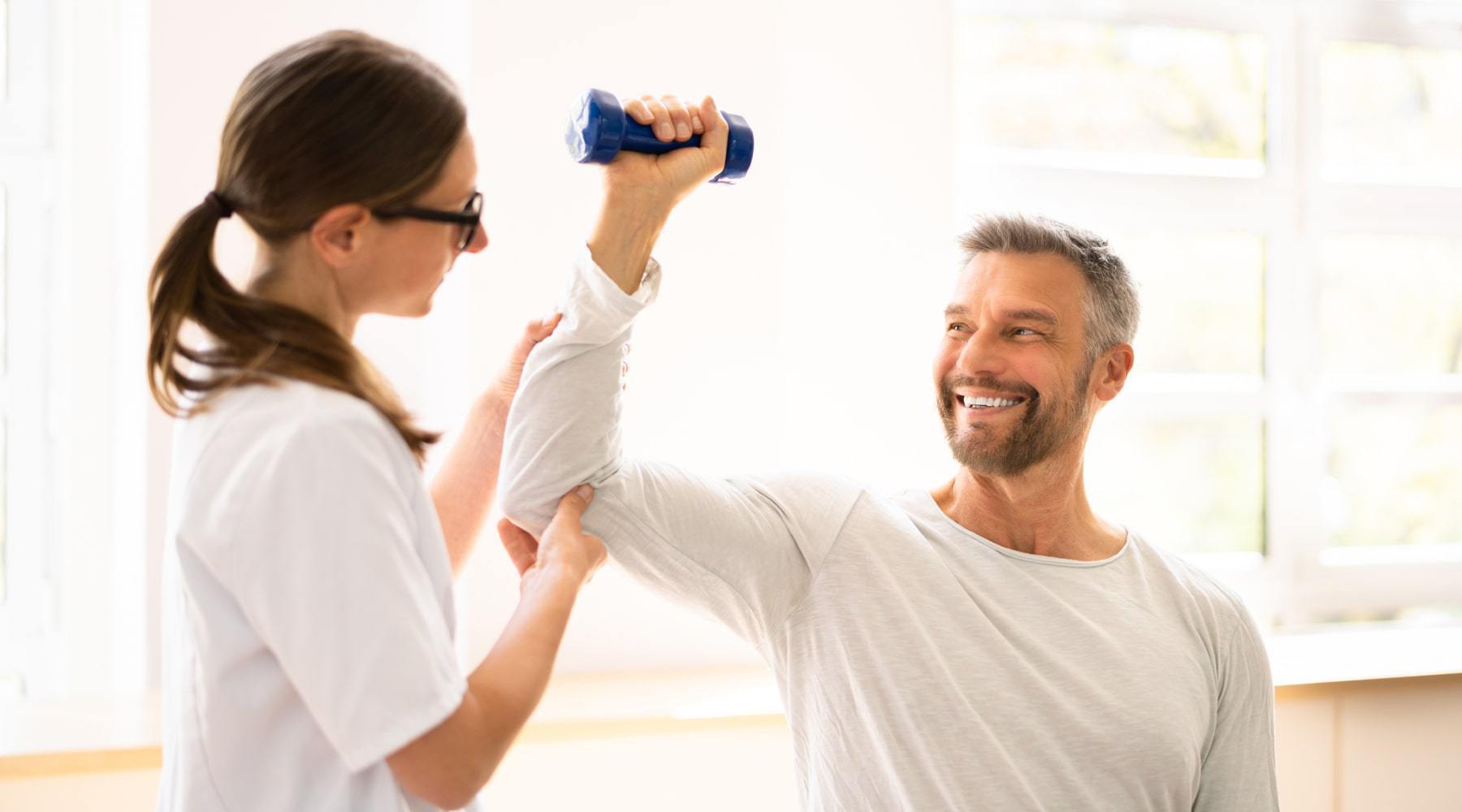by Kenneth Fine, MD
Provided by the American Orthopaedic Society for Sports Medicine in Conjunction with Access Sports Medicine & Orthopaedics
 Heat illness is the third most common cause of death in athletes behind cardiac and head injuries, but is distinguished from these other causes because it is entirely preventable. Proper awareness, prevention, and treatment will hopefully decrease the approximately 400 deaths per year in the United States.
Heat illness is the third most common cause of death in athletes behind cardiac and head injuries, but is distinguished from these other causes because it is entirely preventable. Proper awareness, prevention, and treatment will hopefully decrease the approximately 400 deaths per year in the United States.
Causes
Heat illness is caused when the body’s heat regulation system fails and is unable to maintain a safe body temperature. Cooling off by sweating is the most important method the body uses to spread out heat during exercise. Factors that can lead to heat illness include increased heat and humidity, improper clothing, poor conditioning, obesity, poor hydration, and certain medical conditions such as sickle cell trait. Some drugs and medications can also predispose an individual to heat illness, including amphetamines, anti-depressants, alcohol, diuretics, and thyroid medications.
Types of Heat Illness
• Heat edema: Swelling of hands and feet occurs, usually in older and less conditioned athletes. There are usually no permanent or dangerous effects.
• Heat syncope: Passing out after exercise in hot conditions. This may be due to dehydration and loss of blood flow to the brain.
• Heat cramps: Cramps may occur in large muscle groups, such as the quadriceps, hamstrings (thigh), or gastrocnemius (calf). These cramps
are due to exertion and may be due to decreased hydration or loss of electrolytes, especially sodium.
• Heat rash: Red papules (spots) occur in areas of friction that are covered by clothing (neck, groin, waist, armpits). Generally, there are no permanent
or dangerous consequences.
• Heat exhaustion: Nausea, vomiting, fatigue, excessive sweating, and dizziness are symptoms of this condition, which, if not treated, may lead to heat stroke, which is life-threatening. Heat exhaustion is distinguished from heat stroke by a normal mental status and a core body temperature less than 40°C (104°F).
• Heat stroke: This is the most severe form of heat illness and may lead to permanent injury and death. Symptoms of heat stroke include body temperature more than 104°F and mental confusion or change in consciousness.
• Hyponatremia: This condition is caused by decreased sodium in the bloodstream and may be fatal. Over-hydrating with water after extreme sweating in long events such as marathons and not replacing electrolytes, namely sodium, may lead to hyponatremia.
Treatment
Recognizing heat illness at an early stage is critical for preventing serious complications. Athletes with any of the more mild heat illnesses should be removed from their activity and moved to a cool environment. If conscious and able to drink, the athlete should be given oral fluids. Water is acceptable but fluids with electrolytes(sports drinks) are preferable. The athlete can also be cooled with ice packs to the groin, armpit, and neck. In more serious cases, especially if heat stroke is suspected, emergency medical personnel must be called and the athlete should be transported to a hospital via ambulance.
Prevention
It is extremely important that athletes acclimatize to hot weather by gradually increasing their work-out times and intensity over a period of at least one to two weeks. Awareness of the heat index and modification or avoidance of physical activity in extremely hot conditions should be considered. However, it must be emphasized that heat illness can occur even in less than extreme heat.
Other tips to prevent heat illness:
• Wear loose, light fitting clothing
• Avoid medications that predispose to heat illness
• Hydrate regularly and often If the athlete is already thirsty, it may be difficult to adequately hydrate quickly enough. A general guideline is for children to drink 2–3 cups of water every hour and teens to drink 5–6 cups per hour. Water is adequate for hydration for most athletic events. However, for events lasting more than 2 hours, sports drinks with electrolytes should be encouraged in order to prevent hyponatremia. The most important factor in preventing heat illness is early recognition by coaches and medical personnel.
For more information on heat illness, download our free tip sheet at www.STOPSportsInjuries.org/heatillness.


